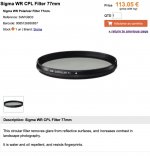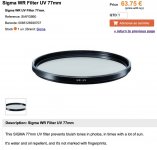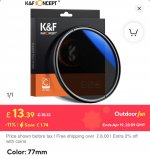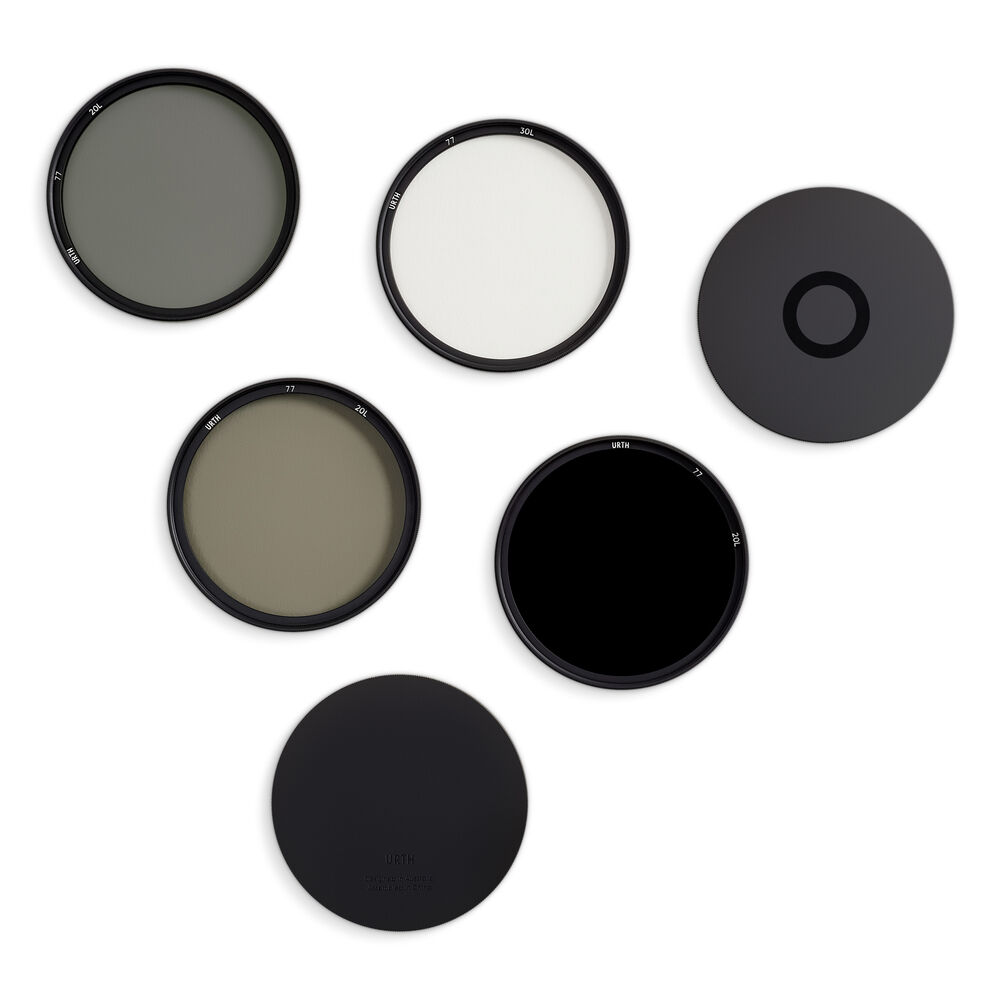- Messages
- 4
- Name
- DolphinPhoto
- Edit My Images
- No
Good afternoon,
I'm thinking about using filters on my camera and I'd like your opinion on the subject.
--------------------------------------------------------------------------------------
ORIGINAL PHOTOS WITHOUT EDITING
SonyAlpha7iii / lens: Sony FE 2.8 70-200 77mm
In this type of photography, photography is carried out in a covered area with some windows allowing light to enter.
On the left side, at certain times it reflects the blue of the water on people. I wanted to know if, without editing, a filter would help...
And on the right side just the reflection on the floor.
what do you recommend?
-----------------------------------------------------------------
ORIGINAL PHOTOS WITHOUT EDITING
SonyAlpha7iii / lens: Sony FE 4.5 - 5.6 100-400
In this type of photography it is an open area and I think a UV filter would look great, what do you think and what do you recommend?
I'm thinking about using filters on my camera and I'd like your opinion on the subject.
--------------------------------------------------------------------------------------
ORIGINAL PHOTOS WITHOUT EDITING
SonyAlpha7iii / lens: Sony FE 2.8 70-200 77mm
In this type of photography, photography is carried out in a covered area with some windows allowing light to enter.
On the left side, at certain times it reflects the blue of the water on people. I wanted to know if, without editing, a filter would help...
And on the right side just the reflection on the floor.
what do you recommend?
-----------------------------------------------------------------
ORIGINAL PHOTOS WITHOUT EDITING
SonyAlpha7iii / lens: Sony FE 4.5 - 5.6 100-400
In this type of photography it is an open area and I think a UV filter would look great, what do you think and what do you recommend?
Last edited:





